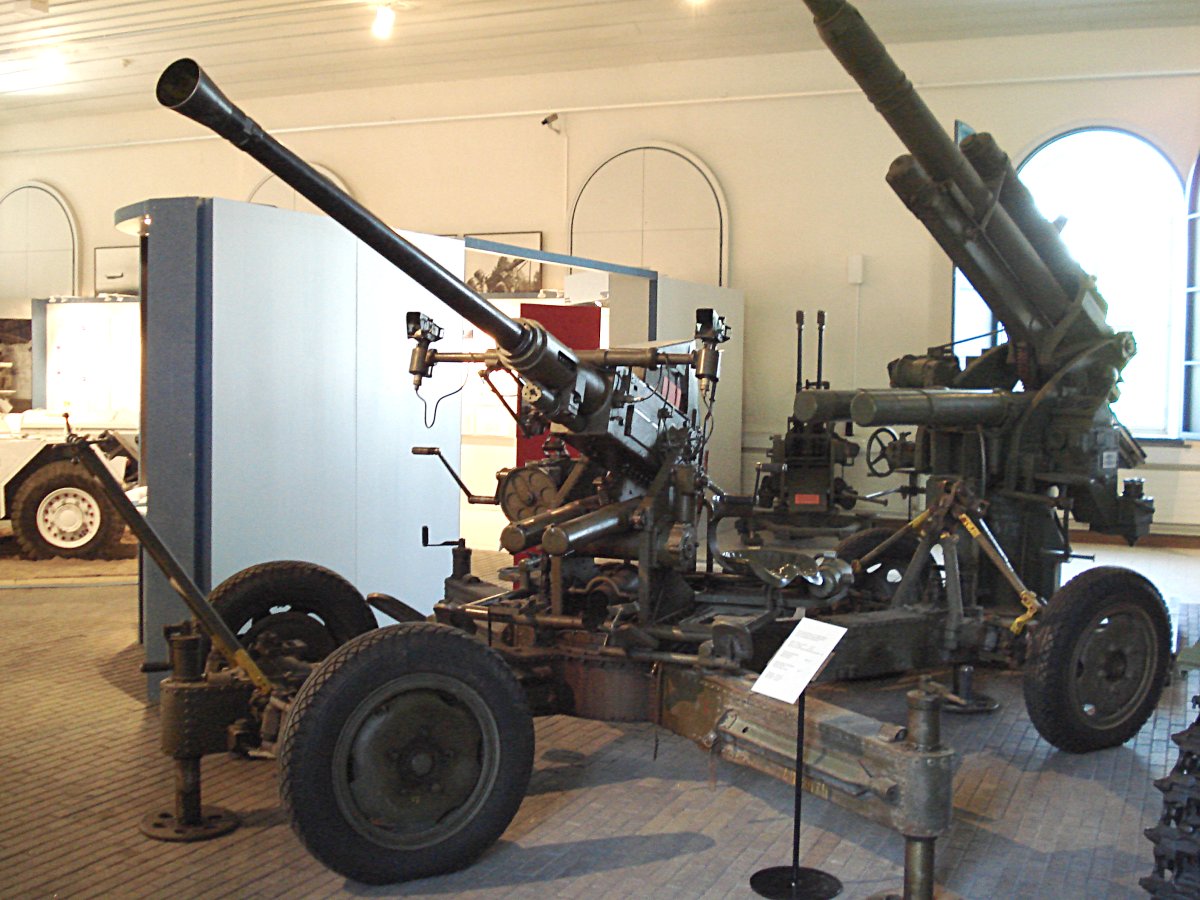|
USS Obstructor (ACM-7)
USS ''Obstructor'' (ACM-7) was a in the United States Navy during World War II. Built by the Marietta Manufacturing Company in Point Pleasant, West Virginia, as a U.S. Army mine planter, USAMP ''1st Lt. William G. Sylvester'' (MP-5) was delivered in December 1942 to the U.S. Army Coast Artillery Corps, Mine Planter Service. She was named for the first coast artillery officer killed (at Hickam Field, Hawaii, on 7 December 1941) in action in World War II. ''Sylvester's'' embarked crew, designated, in Army terminology as the 12th Coast Artillery Mine Planter Battery, was implemented in November 1942 stationed at Fort Miles, Delaware. The ship was transferred to the Navy on 4 January 1945. She was renamed ''Obstructor'' on 19 January 1945, converted at the Charleston Navy Yard and commissioned on 1 April 1945. After transfer to the United States Coast Guard in 1946 the ship was commissioned 1 February 1947 as USCGC ''Heather'' until 15 December 1967. U.S. Navy service history ... [...More Info...] [...Related Items...] OR: [Wikipedia] [Google] [Baidu] |
Bofors 40 Mm Automatic Gun L/60
The Bofors 40 mm Automatic Gun L/60 (often referred to simply as the "Bofors 40 mm gun", the "Bofors gun" and the like, see #Name, name) is an Anti-aircraft warfare, anti-aircraft autocannon, designed in the 1930s by the Swedish arms manufacturer AB Bofors. The gun was designed as an intermediate anti-aircraft gun, filling the gap between fast firing close-range small calibre anti-aircraft guns and slower firing long-range high calibre anti-aircraft guns. For its time, the Bofors 40 mm L/60 was perfectly suited for this role and outperformed competing designs in the years leading up to World War II in both effectiveness and reliability. It entered the export market around 1932 and was in service with 18 countries by 1939. Throughout World War II it became one of the most popular and widespread medium-weight anti-aircraft guns. It was used by the majority of the western Allies of World War II, Allies and some Axis powers such as Nazi Germany and Hungary. In the po ... [...More Info...] [...Related Items...] OR: [Wikipedia] [Google] [Baidu] |
Haiphong
Haiphong or Hai Phong (, ) is the third-largest city in Vietnam and is the principal port city of the Red River Delta. The municipality has an area of , consisting of 8 urban districts, 6 rural districts and 1 municipal city (sub-city). Two of the rural districts cover islands in the South China Sea: Bạch Long Vĩ and Cát Hải. It has a population of 2,130,898 in 2023. The city's economy has strength in manufacturing, as evidenced by large industrial parks and numerous smaller traditional handicraft villages. Historically, Haiphong was the first place in Vietnam and Mainland Southeast Asia to get electricity. In the imperial era of Đại Việt, the Bạch Đằng River in Haiphong was a place of many legendary victories, led by now-legendary commanders Ngô Quyền and Trần Hưng Đạo. In the 16th century, Mạc dynasty promoted the coastal settlement as a secondary capital, growing to become an important port town of Đàng Ngoài. After the French conquest of ... [...More Info...] [...Related Items...] OR: [Wikipedia] [Google] [Baidu] |
USS Ammen (DD-527)
USS ''Ammen'' (DD-527), a , was the second ship of the United States Navy to be named for Rear Admiral Daniel Ammen (1820–1898). Construction and commissioning ''Ammen'' was laid down on 29 November 1941 at San Francisco, California, by the Bethlehem Steel Corporation; launched on 17 September 1942; sponsored by Miss Eva Ammen; and commissioned on 20 March 1943, Commander John C. Daniel in command. Service history Alaska, March–November 1943 ''Ammen'' put to sea on 30 March bound for San Diego where she completed her shakedown training. The destroyer departed San Diego on 20 April and arrived in San Pedro the following day. Two days later, she embarked upon a voyage to Alaskan waters as part of the screen for Task Force 51 (TF 51), built around . The task force arrived at Cold Bay, Alaska, on 1 May and, 10 days later, participated in the landings on Attu Island. During that operation, ''Ammen''s primary responsibility consisted of providing antisubmarine and antiaircra ... [...More Info...] [...Related Items...] OR: [Wikipedia] [Google] [Baidu] |

